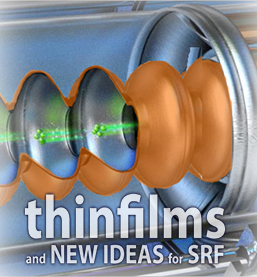Speaker
Description
The material of choice for current SRF accelerators is bulk Nb which is reaching the theoretical limits in terms of maximum accelerating gradient, Eacc. One method to increase Eacc is to use superconductor-insulator-superconductor, SIS, structures, where the thin films on the surface are smaller than the London penetration depth to screen the applied field, Happ, such that the thicker superconducting layer will see a lower H than on the surface. The screening allows Happ to be increased resulting in a larger Eacc. Multilayer structures are challenging to fabricate and test. It is easier to deposit flat samples for multilayers than for 3D structures. Flat samples cannot be tested by commercial magnetometry such as a VSM without drawbacks, such as early flux penetration due to edge effects as the Happ area is larger than the sample, and H penetrating through the insulating layer so the screening effect will not be observed.
A field penetration facility has been designed, built and commissioned at Daresbury laboratory. A DC field is applied from one side of the sample using a C-shaped dipole magnet. Hall probes measure Happ and the penetrated field. The largest sample tested is 50×35 mm. Samples are tested at a range of temperatures from as low as 2.8K. So far 3µm and 10µm of Nb on Cu undergoing treatments such as EP, tumbling and SUBU from CERN and INFN have been tested. Various thickness’ of Nb have also been tested. The sample operates in a cryogen free environment.

